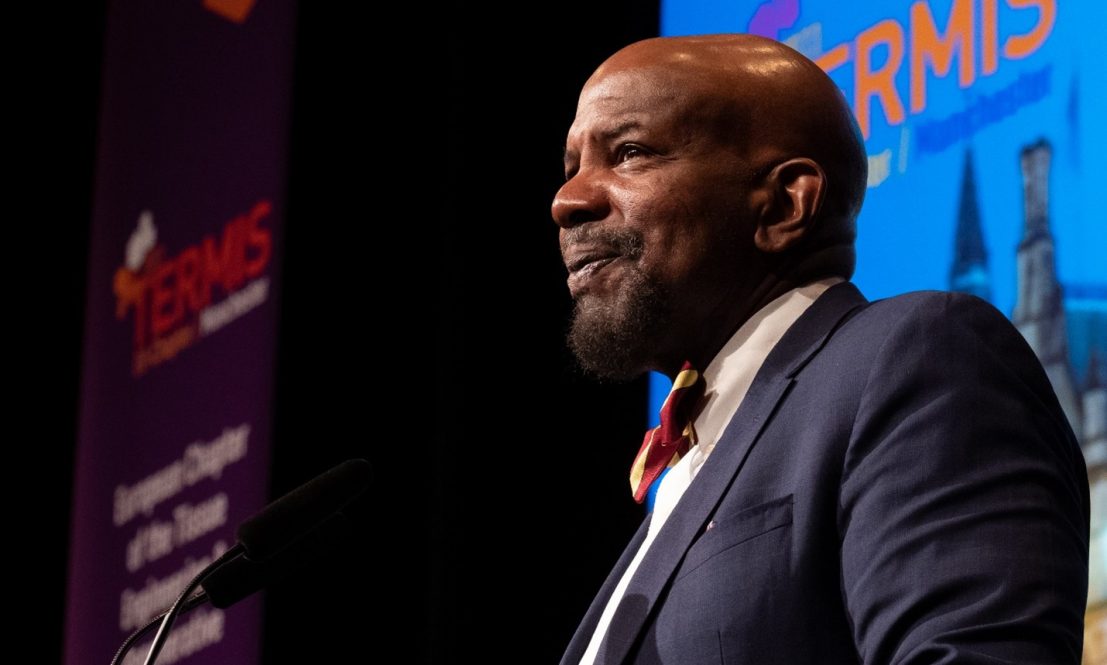Dr. Cato T. Laurencin and a team of researchers have made a potential breakthrough in understanding how porcine hydrogels can be applied for muscle and tissue regeneration.
Laurencin, the Albert and Wilda Van Dusen Distinguished Endowed Professor for Orthopaedic Surgery, is a pioneer in the field of regenerative engineering. He led the team that published its findings on xenograft hydrogels in the April issue of the Proceedings of the National Academy of Sciences (PNAS), the peer-reviewed journal of the National Academy of Sciences.
Regenerative engineering is the convergence of advanced materials sciences, stem cell science, physics, developmental biology, and clinical translation for complex regeneration of tissue and organs. The team’s article and corresponding research addresses a gap in tissue regeneration of muscle that is potentially bridged by hydrogels derived from animals.
“These new xenograft hydrogels for muscle regeneration may bring us closer to our goal of regenerating a limb,” says Laurencin.
The research team included members of UConn Health’s Cato T. Laurencin Institute for Regenerative Engineering, including Dr. Mohammed A. Barajaa, who performed key experiments, Dr. Takayoshi Otsuka, Dr. Debolina Ghosh, and Eva Ho-Man Kan.
To derive hydrogels, the team used skeletal muscle from pigs for decellularized extracellular matrices (ECMS). Scientists used mechanical disruption and applied detergents to the ECM. According to the article, the remaining tissue was treated with enzymes to mitigate immunogenicity, or cell rejection.
The researchers discovered that their methods efficiently remove cell and xenoantigens from the hydrogels, preserving biochemicals that promote compatibility and reduce immunogenicity.
Ghosh says the hydrogels are versatile and applicable in regeneration of muscle, such as from patients recovering from injury that resulted in the loss of significant muscle mass. The experiment was part of series of generating to understand the potential of hydrogels and how their production can be scaled up for wider distribution.
“It is always a triumph when you get to the point when something can be scaled to a human level, with the ability to positively impact a community,” Ghosh says.
The article’s publication continues a successful year for Laurencin. On May 5, he was inducted into the Plastics Hall of Fame in recognition of his work in regenerative engineering and use of polymeric materials in applications that have helped a large number of people.



